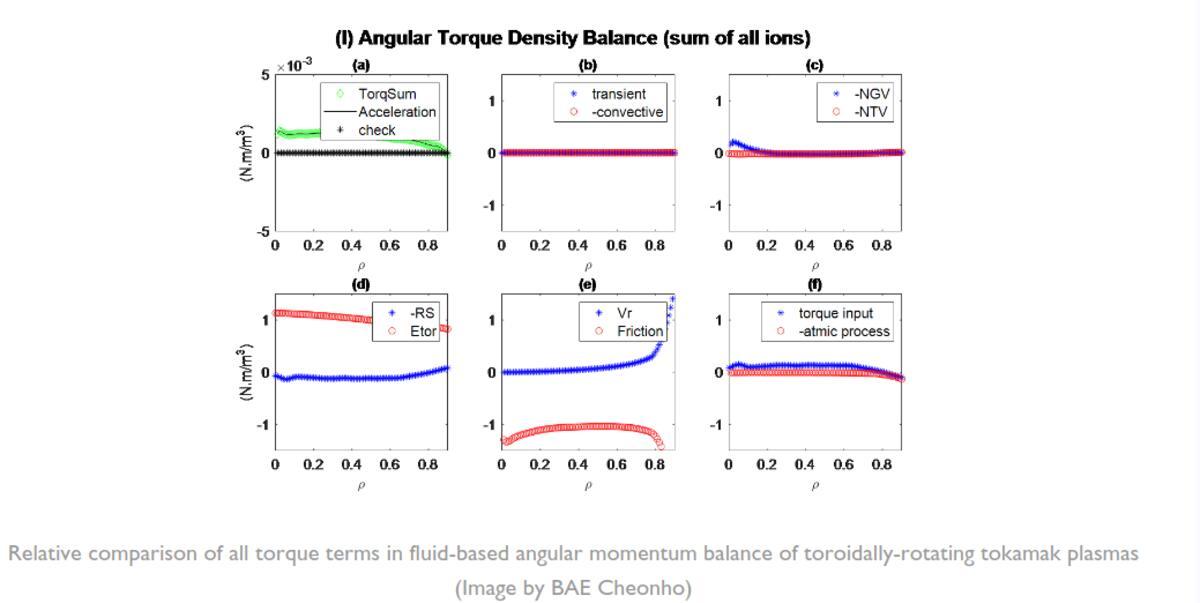Unveiling the hype: New code for analyzing plasma rotation, transport properties in tokamak plasma

In the world of plasma physics, there is often a buzz surrounding new codes and computational tools that promise to revolutionize our understanding of various plasma properties. Recently, a team of researchers from the Hefei Institutes of Physical Science, Chinese Academy of Sciences, announced the development of a new code known as TransROTA. This code claims to analyze the multi-fluid plasma rotation and transport properties in tokamak plasmas, including the Experimental Advanced Superconducting Tokamak (EAST). However, it is important to examine such claims with a skeptical eye and delve into the details to understand the true significance of this development.
Questioning the Claims
The code, TransROTA, is presented as a computational tool that provides calculations of all torque terms in the angular momentum balance in toroidally-rotating tokamak plasmas. According to Dr. Bae, a member of the research team, this code increases the prediction accuracy of unmeasurable ion velocities and allows investigations of many interesting plasma physics phenomena. While this sounds promising, it is essential to critically evaluate the evidence supporting these assertions.
The Research and its Findings
The researchers modified Stacey-Sigmar's plasma rotation model and applied upgraded numerical schemes to improve the resilience of new couplings among all solved equations against numerical blow-up. They claim to have tested the code with various EAST discharges and verified its effectiveness in predicting rotation velocities and individual torques in the angular momentum balance. However, the specifics of these tests and the magnitude of improvements achieved remain somewhat elusive.
The Limitations of TransROTA
It is crucial to note that TransROTA is just one among numerous codes developed to analyze plasma rotation and transport properties in tokamak plasmas. While the researchers highlight its user-friendliness, availability of calculations, and its potential for investigating detailed physics, it is important to consider the broader context of the existing codes and their capabilities. Comparative studies and independent validations are necessary to determine whether TransROTA offers any substantial advantages over other established codes in the field.
Considering Diverse Perspectives
A key element in assessing the significance of any scientific development is examining diverse perspectives. It is worth mentioning that the article published by the Hefei Institutes of Physical Science does not include any external expert opinions or critical evaluations from the community. The absence of an objective assessment raises questions about the true impact and novelty of TransROTA.
Conclusion
The unveiling of TransROTA as a new code for analyzing plasma rotation and transport properties in tokamak plasma sparks interest within the plasma physics community. However, it is essential to approach such claims with skepticism and thoroughly evaluate the evidence and comparative advantages over existing codes. It is hoped that further research, independent validations, and critical discussions will shed more light on TransROTA's true potential in advancing our understanding of plasma physics.

 How to resolve AdBlock issue?
How to resolve AdBlock issue?